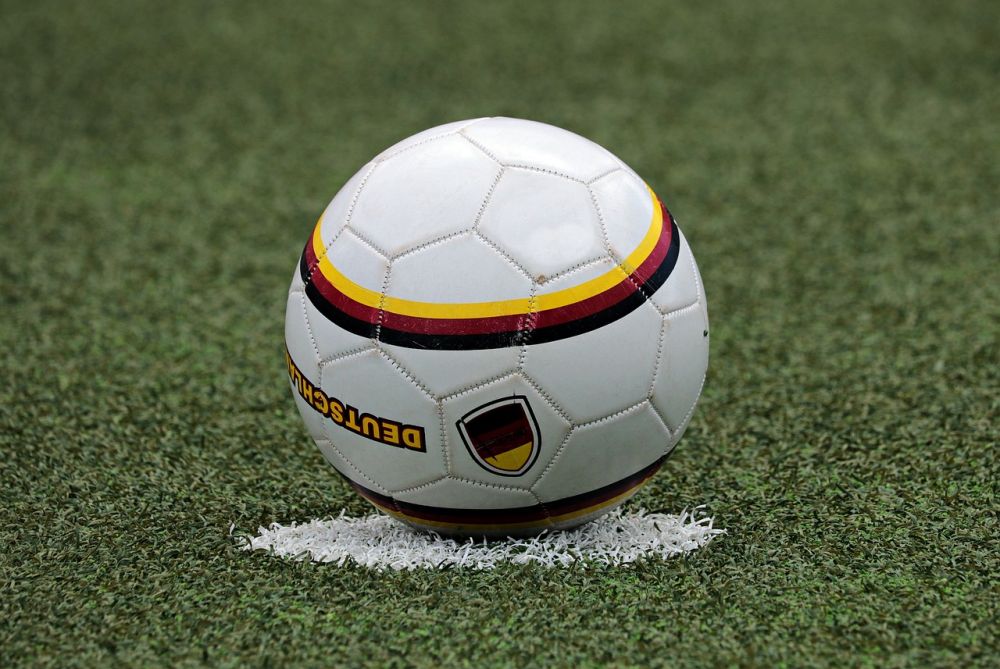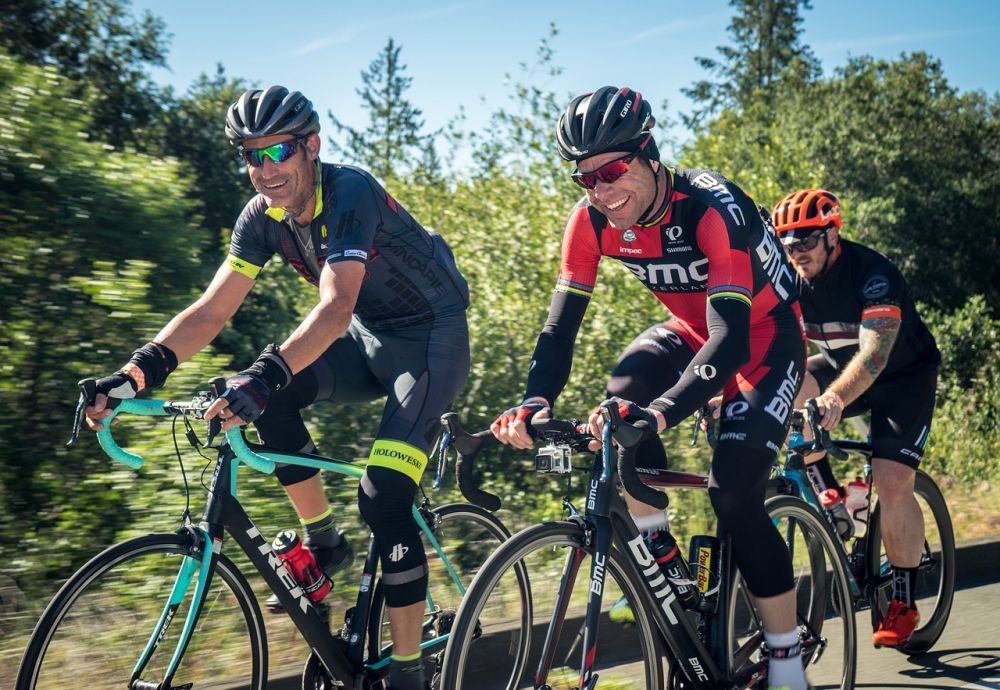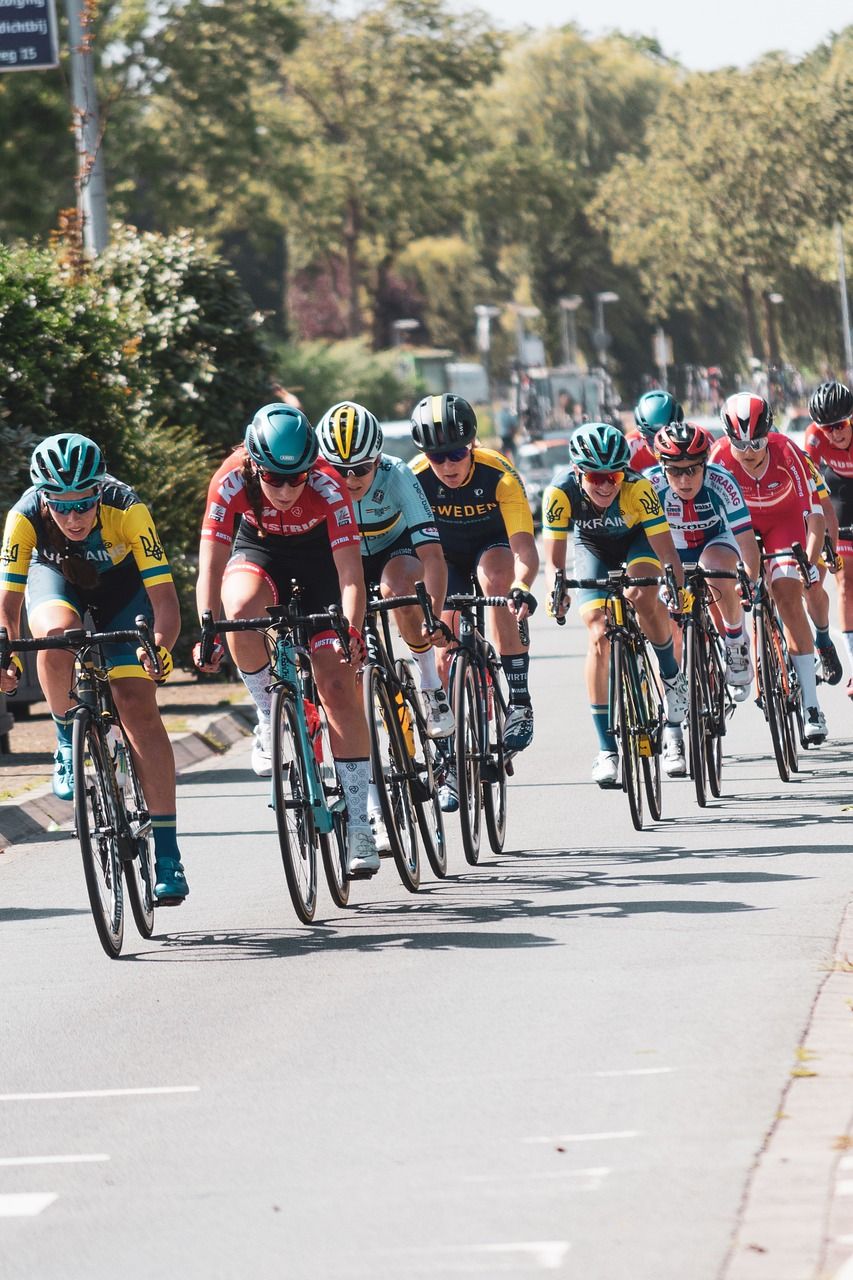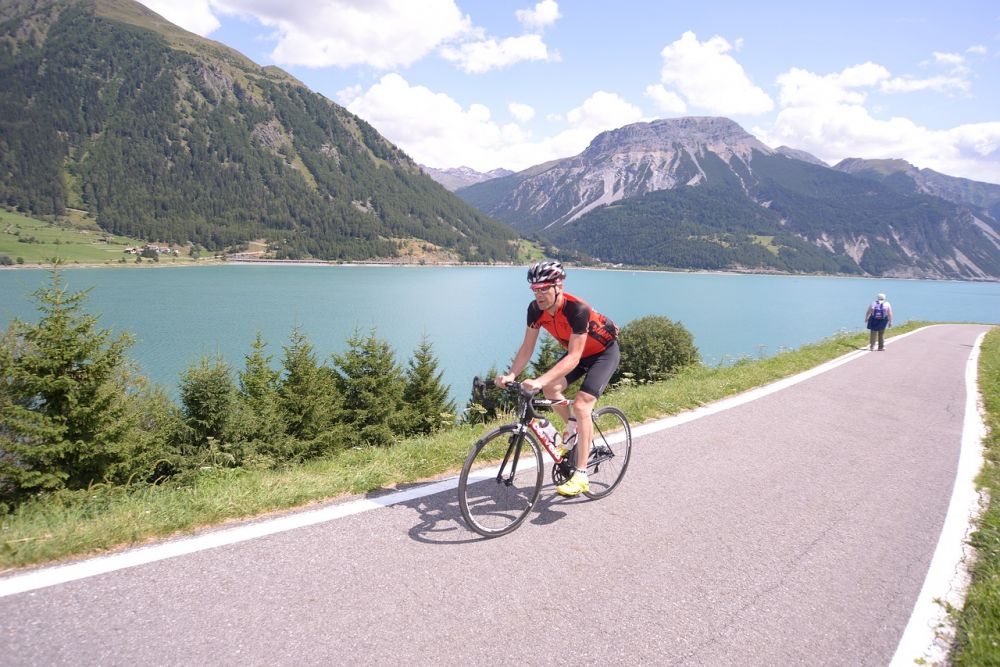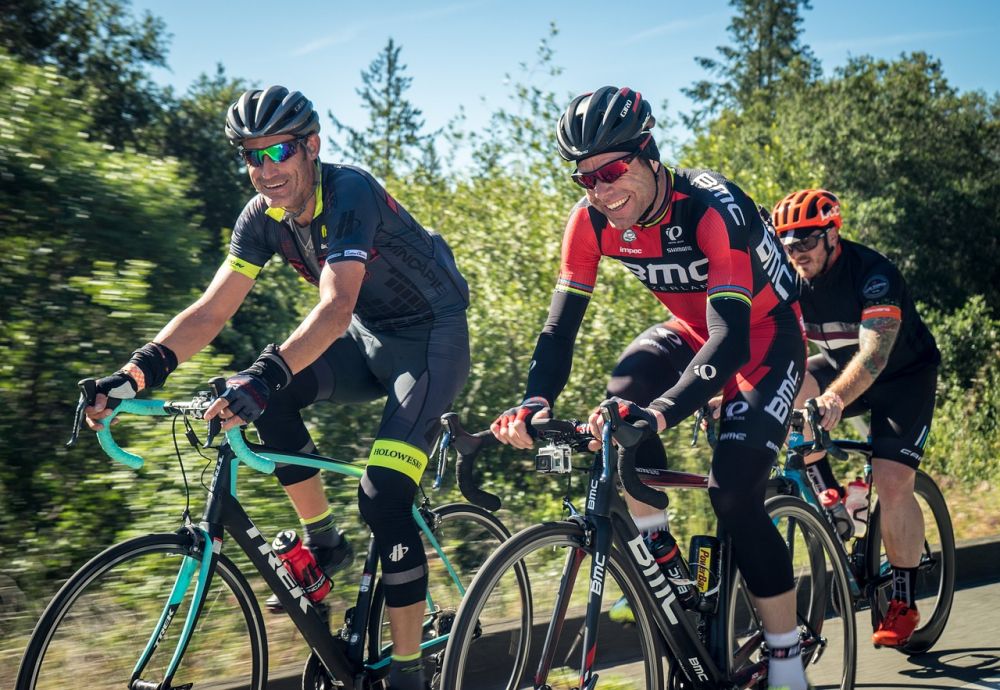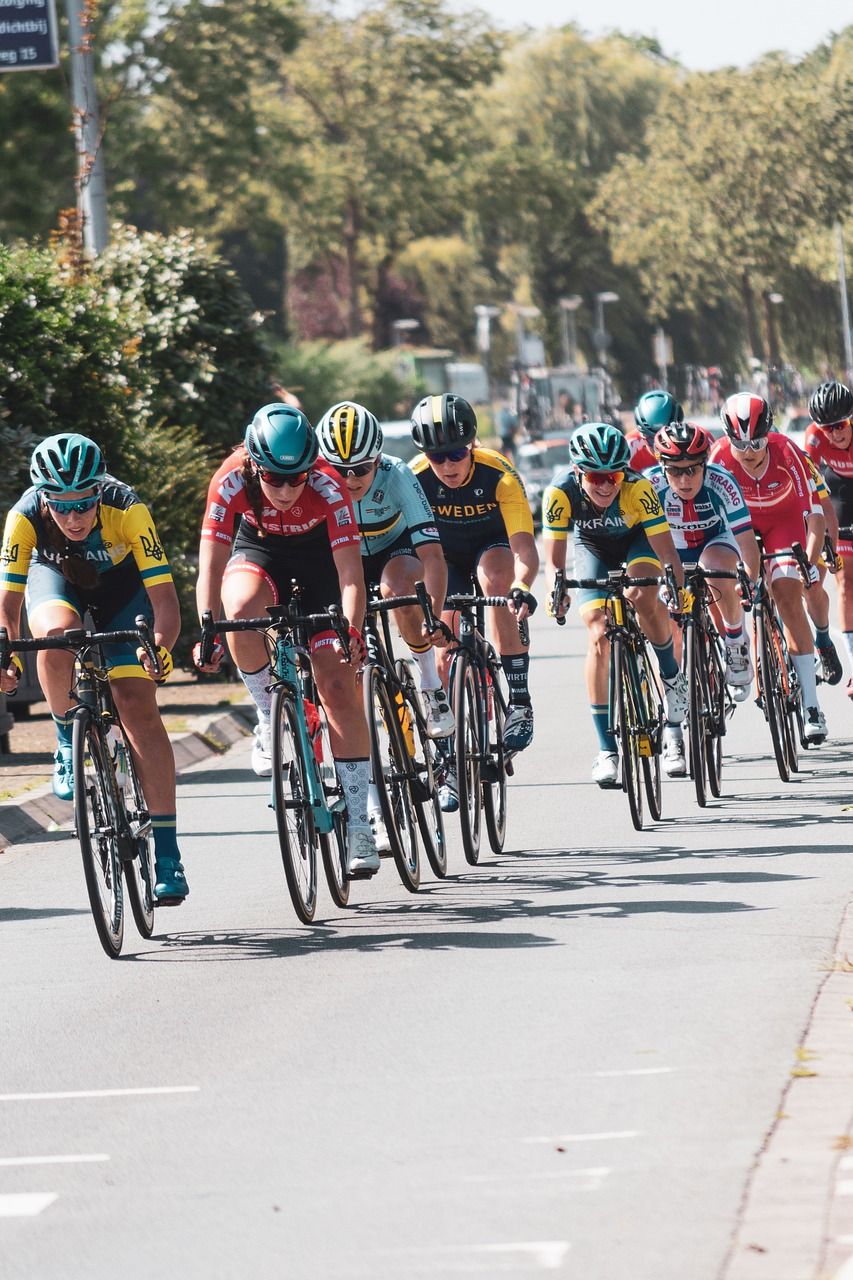Tour de France Classement: A Historical Overview and Important Insights for Enthusiasts

Introduction:
The Tour de France is the most prestigious and grueling bicycle race in the world, captivating sports enthusiasts globally. One of the key aspects that attracts fans and experts alike is the “Tour de France Classement.” In this article, we will delve into the significance of the Classement, its historical evolution, and what enthusiasts need to know about this intriguing classification system.
Understanding the “Tour de France Classement”:

The “Tour de France Classement” is the general classification of the race, also known as the General Classification (GC). It determines the overall winner of the Tour de France and is based on the cumulative time taken by each rider to complete the race stages. The rider with the lowest cumulative time wears the iconic yellow jersey, signifying the race leader.
Importantly, the Classement is highly regarded as it showcases the consistency, endurance, and tactical prowess of the riders. It highlights their ability to perform consistently well across various terrains, including mountains, flat roads, and time trials. The yellow jersey, worn by the race leader, becomes a symbol of excellence and resilience, inspiring not only the riders but also fans across the globe.
Historical Evolution of the “Tour de France Classement”:
The “Tour de France Classement” has undergone significant changes and refinements since its inception in 1903. Here is a historical overview to provide a comprehensive understanding of its evolution:
1. Early Years: In the early editions of the Tour de France, the Classement was determined by a point system, where riders earned points based on their finishing positions in each stage. The rider with the lowest total points led the race. However, this format was soon deemed unsatisfactory due to its subjectivity and lack of consistency.
2. Introduction of Time Bonuses: In 1913, the race organizers introduced time bonuses for the first time. These bonuses were awarded to riders based on their finishing positions in each stage. The time bonuses allowed riders to gain precious seconds, influencing the overall Classement. However, this system also faced criticism for being unfair and manipulating the race’s outcome.
3. Cumulative Time: In 1919, the race organizers decided to base the Classement solely on a rider’s cumulative time taken to complete each stage. This significant change eliminated the complexities of point systems and time bonuses, providing a fair and transparent approach. The rider with the lowest cumulative time at the end of the race emerged as the overall winner.
4. Additions and Modifications: Over the years, the “Tour de France Classement” has seen a few additions and modifications to enhance its competitiveness and reflect the evolving dynamics of the sport. Time trial stages, where riders race individually against the clock, were introduced in 1934, further testing their abilities. Additionally, mountain stages and sprint stages were included, offering riders a chance to gain time advantages in varying terrains.
5. Modern Era: In recent years, advancements in technology have revolutionized the Classement. Electronic timing systems, including transponders and GPS tracking, ensure accurate and real-time calculation of cumulative times. This has eliminated human errors and added an extra layer of credibility to the Classement.
[Insert Video Here]
What to Know as an Enthusiast:
For sports and leisure enthusiasts interested in the “Tour de France Classement,” it is essential to keep the following aspects in mind:
1. Consistency is Key: The Classement emphasizes the importance of consistency throughout the race. Riders need to maintain a strong performance in each stage to minimize the time gaps between them and their competitors. A single off-day can prove detrimental to their overall ranking in the race.
2. Climbing Skills: The mountain stages play a vital role in determining the winner of the Classement. Riders with exceptional climbing abilities often excel in these stages, gaining precious time advantages on their opponents. Being able to sustain high speeds while climbing uphill is essential in securing a top position in the GC.
3. Team Dynamics: The “Tour de France Classement” is not solely an individual effort. Team dynamics and strategies also come into play. Riders within a team work together to protect their leader, shield them from wind resistance, and strategically position them for sprints or mountain stages.
4. Time Trial Prowess: Time trial stages, where each rider competes individually against the clock, provide an opportunity to gain significant time advantages. Riders with exceptional time trial skills can propel themselves up the Classement if they excel in these stages.
Overall, the “Tour de France Classement” encapsulates the true essence of the race and showcases the riders’ exceptional physical endurance, mental strength, and tactical prowess. Understanding its historical evolution and the key factors involved can enrich enthusiasts’ appreciation for this remarkable sporting event.
In conclusion, the “Tour de France Classement” holds immense significance in determining the overall winner of the race. Its historical evolution, from point systems and time bonuses to the current cumulative time format, reflects the continuous refinement of the classification. As an enthusiast, recognizing the importance of consistency, climbing skills, team dynamics, and time trial prowess adds depth to the understanding and enjoyment of the Tour de France.
[Insert Video Here]


